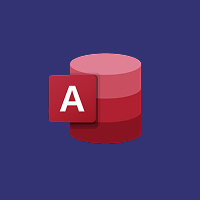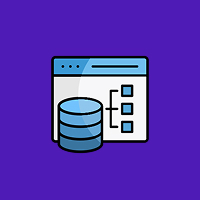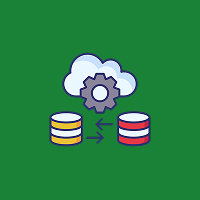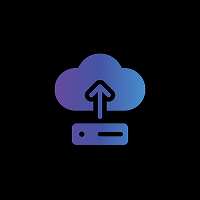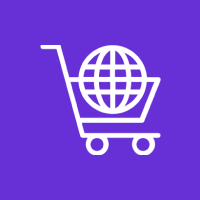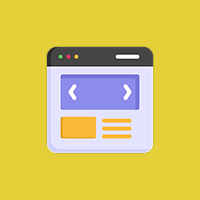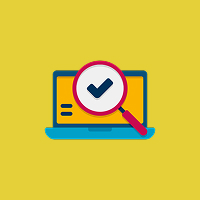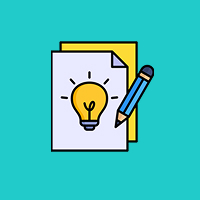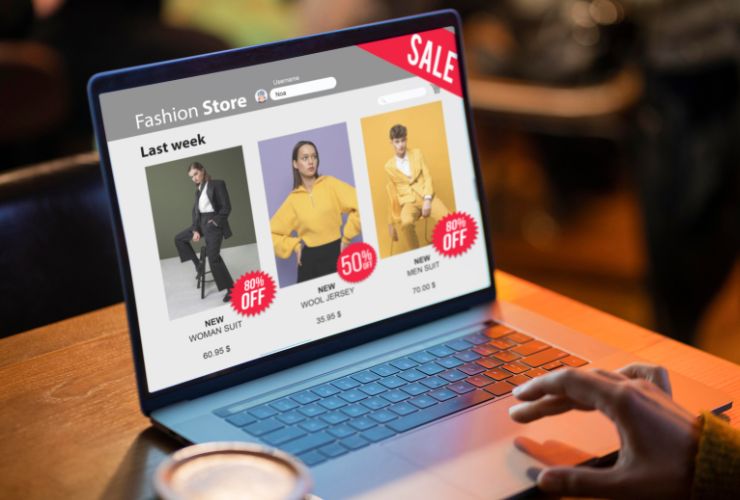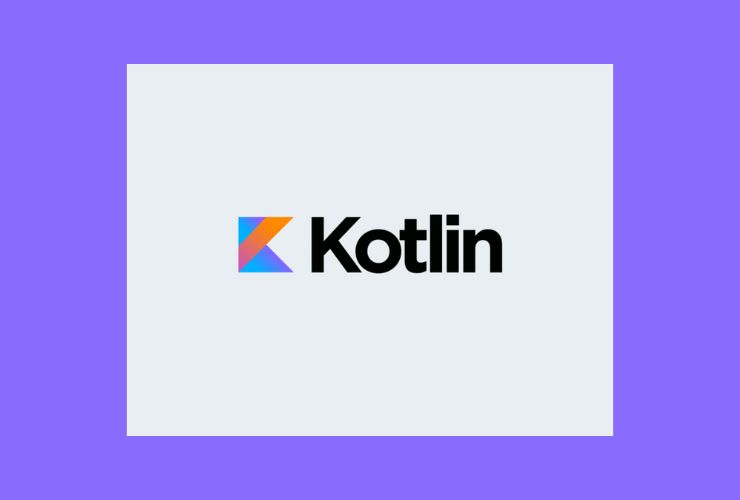Your Shopify product page is not merely a venue to enumerate features—it’s an essential sales platform. It’s where your buyer makes the decision to click “add to cart” or simply walk away. While traffic generation is important, true eCommerce success comes from being able to convert that traffic into paying customers.
If your product pages aren’t optimized to persuade, convert, and establish trust, you’re not only losing sales—you’re possibly losing loyal customers. In this guide, we’ll take you through tested strategies to optimize your Shopify product pages for increased conversions, improved engagement, and ultimately, more revenue.
1. Write Product Titles That Inform and Sell
The title of your product is the first thing a visitor notices. It must be as clear as possible and deliver value instantly. Steer clear of ambiguous, overly imaginative names that fail to identify the product. Use clarity, pertinence, and keyword usage instead.
For instance, rather than “The Explorer,” use:
“Men’s Waterproof All-Terrain Hiking Boots – Lightweight
This practice assists users in grasping what they’re seeing and enhances your visibility in search results. It’s like a mini elevator pitch—your product, who it’s for, and why it matters—all summed up in one line.
2. Utilize Professional, Contextual Product Images
In an online boutique, images take center stage selling your product. You can’t allow the shopper to pick up, touch, or try on your product—so your pictures have to compensate for that sensory loss.
Use several, high-quality photos from various angles. Use shots that demonstrate size and scale, lifestyle shots with the product in real environments, and close-ups of important details. The more visual information you provide, the more comfortable a customer is making a purchase.
Also, consider investing in a zoom feature and 360° views of the product if feasible. These small perks establish credibility and eliminate hesitation.
3. Write Descriptions That Address the Customer’s Requirements
A features list won’t convert if it’s not addressed to benefits. What does this product do for the customer? How does it solve an issue or make their life better?
Product descriptions should be well-written, friendly, and informative. They don’t simply tell—sell. Use bullet points to break up longer paragraphs for readability and incorporate persuasive language that appeals to emotion and utility.
Highlight:
- What sets the product apart
- Who it’s best suited for
- Most important use cases
- Any care information, warranty details, or specs
- Natural inclusion of target keywords
Make someone envision being able to easily insert the product into their life.
4. Establish Trust Through Authentic Reviews and Ratings
Reviews by customers are amongst the most effective trust indicators that you can have on a product page. Reviews are social proofs that let prospects know that someone else has done well with them.
Allow reviews for all products and give them high prominence near the call-to-action. Star ratings also can be fed into search results by search engines through structured data, increasing visibility.
Even bad or mixed feedback, if done right, is honest and assists in creating realistic expectations. Extra credit if your store features photos submitted by customers, which bring people and authenticity to the table.
5. Create a Sense of Urgency (Honestly)
Humans react to urgency. You can ethically promote faster decisions by offering current stock availability or time-sensitive shipping slots.
For instance:
“Limited numbers available—don’t miss out!”
“Order by 3 PM for same-day dispatch”
“Back in stock for a limited time only”
Only ensure that this urgency is real. Artificial scarcity will hurt your brand’s reputation and boomerang against you.
6. Optimize for Mobile-Friendly Design
Mobile shoppers are now the norm. Product pages must work perfectly well on smartphones and tablets. That means quick loading times, images that resize well, and navigation easy to use with thumbs.
Put your most critical information—such as price, CTA, and main facts—at the top of the page, or “above the fold.” Reduce distractions and minimize heavy popups that annoy mobile users.
Optimize your page for mobile-first, not mobile-compatible.
7. Utilize Clear and Powerful Calls to Action
A great product page needs a clear next step. Your call-to-action (CTA) button is the gateway to the checkout process. It should stand out visually and be action-oriented.
Try alternatives to the generic “Add to Cart” that match your brand’s voice and customer’s intent, such as:
“Get Yours Now”
“Try It Today”
“Add to Bag – Free Shipping!”
Place your CTA prominently and consider repeating it after long product descriptions or reviews.
8. Increase SEO to Drive Organic Traffic
Product pages that are optimized convert higher—they also rank higher. Include your main keyword in your product title, meta description, product description, image alt text, and URL.
Make URLs descriptive and clean. Example:
- yourstore.com/products/waterproof-hiking-boots
- Add schema markup so that rich snippets—such as product ratings and availability—show up in search results. This not only increases visibility, but also clicks.
9. Reassure with Trust-Building Elements
New customers must feel safe before they purchase. Add trust signals throughout the page, like:
- “100% Money-Back Guarantee”
- “Free Shipping on All Orders”
- “Secure Checkout – SSL Protected”
- Easy return and shipping policies
Emphasize guarantees and support options where customers can easily locate them. A simple reassurance may be all it takes to convert doubt into a decision.
10. Analyze and Continuously Improve
Optimization is never a static activity. Keep an eye on performance through Shopify Analytics, Google Analytics, and heatmapping tools such as Hotjar or Microsoft Clarity. Observe where users click, where they scroll, and where they abandon.
Perform A/B tests on product titles, descriptions, images, CTA copy, and layouts. Minor adjustments can contribute to substantial gains in conversion rates over time.
The best Shopify stores don’t guess—they test, adjust, and improve on actual data.
Conclusion
A high-converting product page isn’t a result of guesswork—it’s based on a solid foundation of trust, clarity, value, and strategy. By making thoughtful adjustments to how you present your products, you can significantly boost the likelihood of converting casual browsers into loyal buyers.
Start small: refine one or two pages, measure the impact, and apply those insights across your store. With each improvement, you’ll move closer to a smoother customer journey and stronger business results.









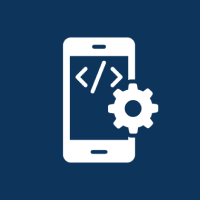



 Database Development
Database Development




